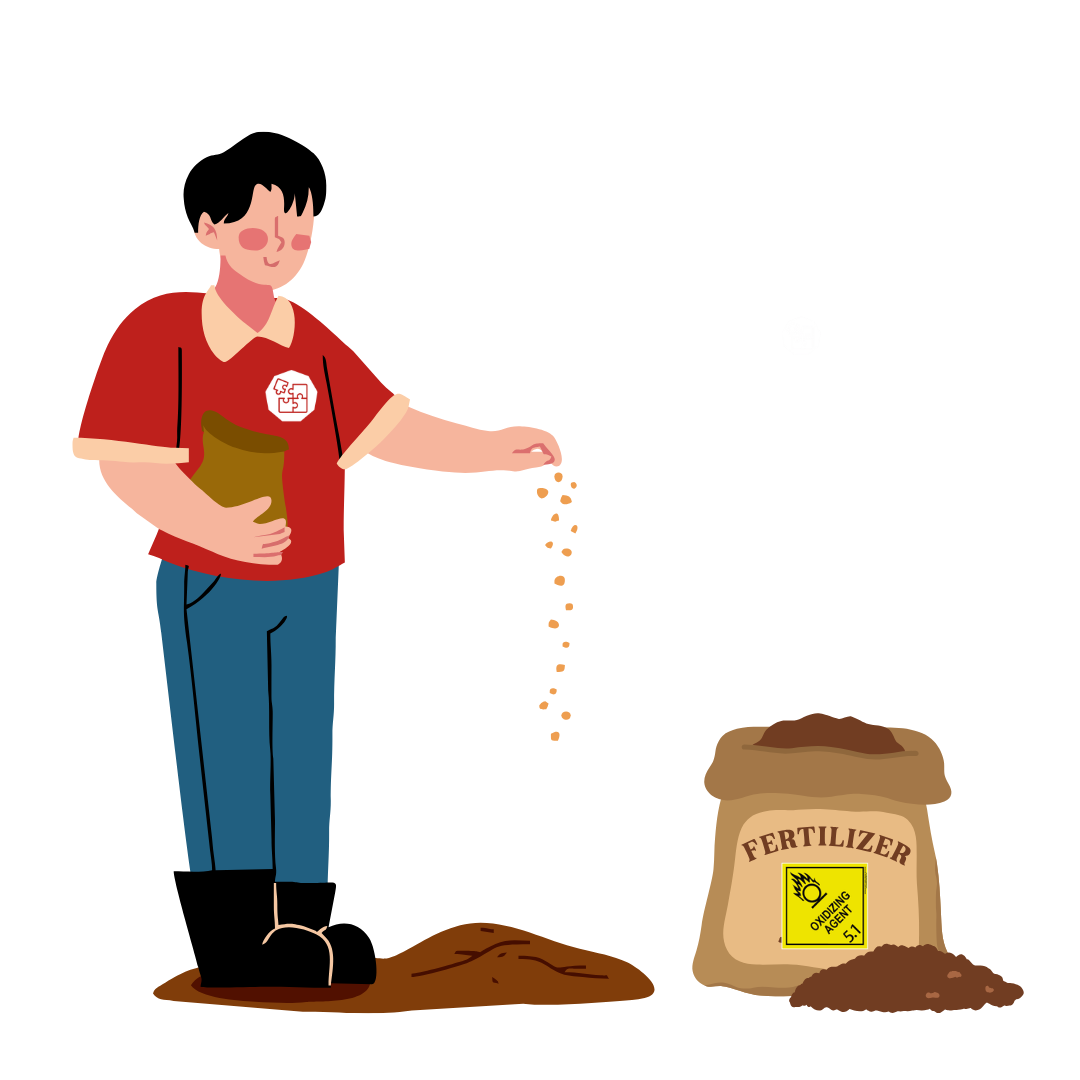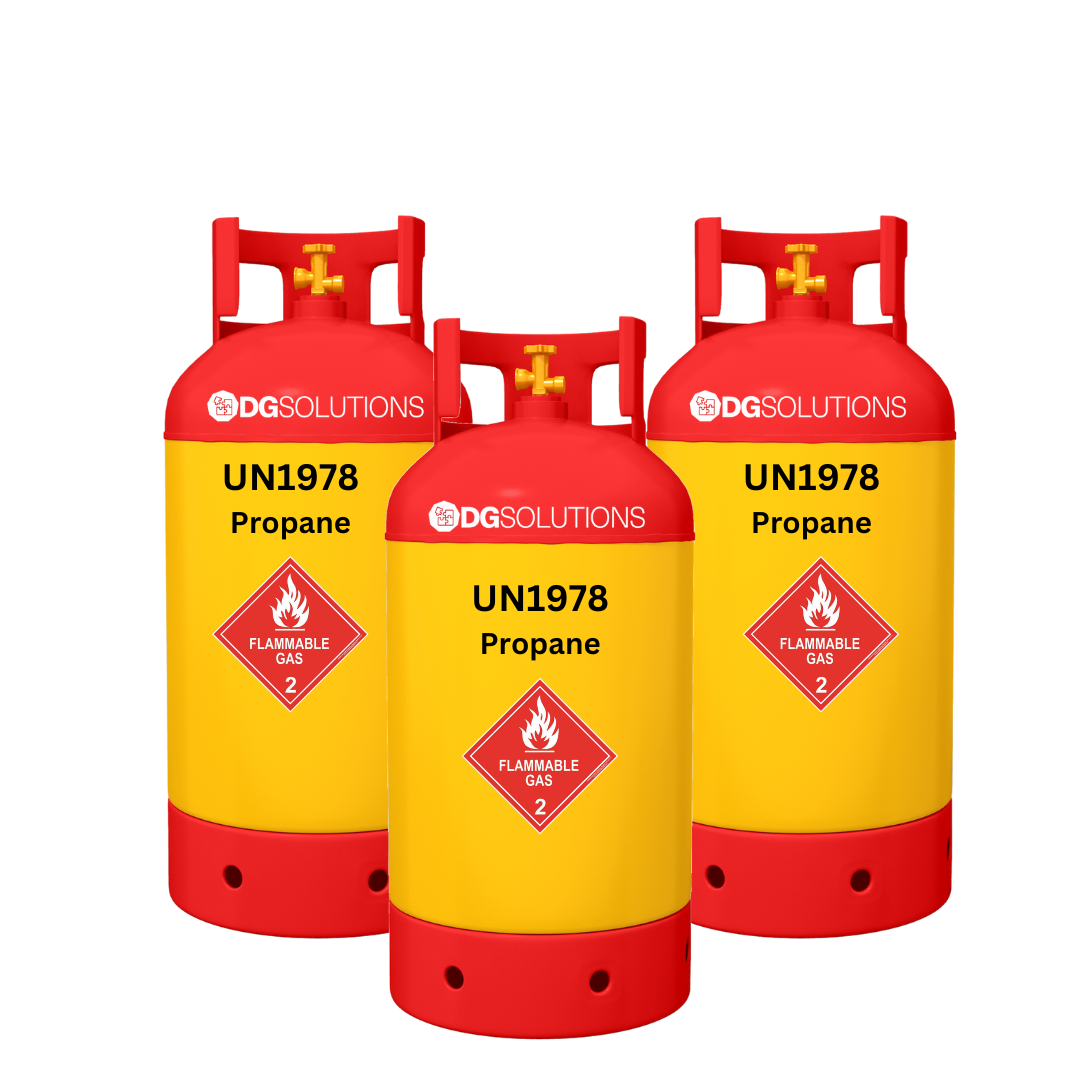BLOG — Dangerous Goods
What are Class 5.1 Dangerous Goods?
When it comes to handling hazardous materials, one of the most important categories to understand is Class 5.1 dangerous goods. These substances are widely used in many industries, but they also pose significant risks if not handled correctly. What Are Class 5.1 Dangerous Goods? Class 5.1 refers to oxidising substances, which are chemicals that, while not necessarily flammable on their own, can cause or enhance the combustion of other materials. In other words, they provide oxygen that fuels fire, making other materials burn more readily, even in environments where there is limited oxygen. Oxidisers are not fire starters by...
What are Class 2.1 Flammable Gas Dangerous Goods?
In today’s world, the transportation of goods is an essential part of the global supply chain. With this, however, comes a significant responsibility to ensure that hazardous materials are handled safely to protect people, property, and the environment. Dangerous goods are substances or materials that pose a risk to health, safety, property, or the environment during transportation. These goods are classified into different categories depending on their physical and chemical properties. One such category is Class 2, which encompasses gases. Class 2.1 is a subcategory of this class, focusing specifically on flammable gases. In this blog post, we’ll dive deeper...
Understanding the UN Number System
Understanding the UN Number System The transportation of dangerous goods—whether by road, rail, air, or sea—poses inherent risks to public safety, health, and the environment. One of the key mechanisms for managing these risks is the UN Number system, a globally standardised classification system for hazardous materials. This system is vital not only for ensuring safe handling and transportation but also for compliance with international laws and regulations. In this blog post, we’ll explore the UN Number system, its significance, and how it is implemented in both international law and New Zealand regulations. What is a UN Number?...
Sustainability of Dangerous Goods in 2025: A Global and Local Perspective
Sustainability of Dangerous Goods in 2025: A Global and Local Perspective As industries around the world strive for greener practices, the management of dangerous goods—chemicals, explosives, radioactive materials, and flammable substances—has become a focal point for sustainability. With increased environmental awareness and stricter regulations, the transportation, storage, and disposal of hazardous materials must evolve to minimise environmental impacts while maintaining safety. By 2025, sustainability in dangerous goods management is expected to reach new milestones globally. This shift is not only evident in regulatory frameworks but also in technological advancements and industry practices, particularly in countries like New Zealand and...





